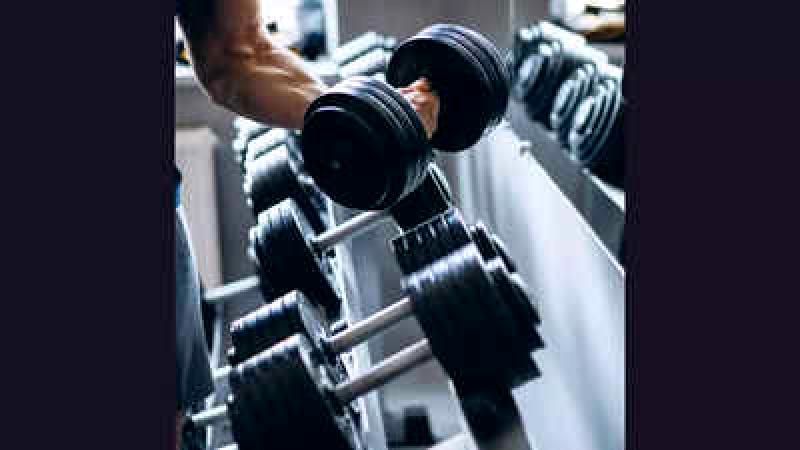
In the Kannada film industry, female technicians face challenges both on and off the screen. While they are celebrated as 'sheroes' on screen, behind the scenes they struggle to establish themselves and express their voices. Their work is noticed and praised for their performances, costumes, makeup, and hairstyles, but they face difficulties such as a lack of basic facilities like washrooms on set. Pay disparities are also a significant issue within the industry.
Over the past decade, there has been a noticeable increase in the number of women working in various roles on film sets, from stylists to choreographers to cinematographers. However, the industry is still predominantly structured by and for men, with many questioning the need for greater inclusivity. Female technicians face everyday sexism in their work environments, leading some to adapt while others choose to work independently.
One of the challenges faced by female technicians is in the makeup industry, which is largely controlled by male 'makeup dadas'. The association for makeup artists is also male-dominated, resulting in lower wages for women compared to men. Despite the demand for specific female makeup artists by lead actresses, they are often required to work in conjunction with male counterparts from the association. This dynamic can lead to uncomfortable situations, such as male assistants being responsible for tasks like adjusting outfits or applying makeup in sensitive areas for female leads.Actresses like Vydurya Lokesh and make-up artistes are often only considered for smaller projects, according to a screenplay writer. Producers frequently inquire if a script is women-centric when approached, assuming that women are only suited for low-budget or non-commercial films. They tend to assign stereotypical genres to women and resist breaking these norms, claiming that audiences won't accept it. There is a prevalent belief that attaching a male director's name alongside a female director's would be more effective in drawing audiences. Discrimination against women is faced not only in hiring practices but also in basic needs provision on set, exemplified by instances like lacking proper restroom facilities. Despite some progress in inclusivity, the industry still falls short in providing essential support for women in the field.More female voices need to be represented: Female voice actors note the inequality, as women are often given fewer lines in movies which leads to less work for female dubbing artists compared to males. Recently, there is a lack of films focused on women. Even in music, it has been a while since a strong solo song by a woman was released; mainly focusing on duets and 'item songs'. We have a need for more female representation on screen.— Sparsha RK, singer and voiceover artist.











